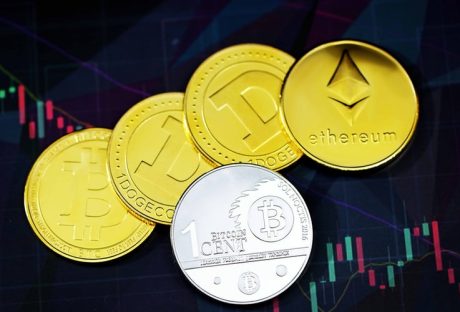Whether you are just considering the prospect of setting up an online store or looking for ways to enhance your efficiency as an existing business on the web, knowing what problems you are likely to come across as a merchant account owner will help your decision-making on the way.
This article will be useful for anyone daunted by the possibility of creating and running a high-risk merchant account. Here, we explore four frequently occurring problems with bank accounts for credit card payment and how to avoid and/or fix them.
What Is Considered High-Risk?

The degree of risk associated with your merchant account is largely determined by what kind of goods and services you offer. This is part of a common classification used by banks and other financial institutions to work out the most fitting approach for their corporate customers. Traditionally, businesses in agriculture and gardening, education, drop shipping, SMM, babysitting, and other similar areas are labeled relatively safe and enjoy favorable treatment by banks.
However, this doesn’t mean they won’t suffer from fraudulent transactions, chargebacks, and more documentation that they can manage when they go online. Contrary to these activities, the following areas are believed to be high-risk:
- betting
- forex brokerage
- booking
- online dating
- adult goods and services
- food sales
- pharmaceutical sales.
If your prospective or existing business belongs to one of the categories on the above list, it means you have a greater than average chance of facing fraudulent activity and other risks that are typical of online payments. Fortunately, though, there are solutions to relieve the hazards for both you and your customers.
High Fees and Restrictions on the Part of the Bank

As mentioned above, financial institutions seem reluctant to partner with companies in high-risk sectors such as forex brokers. This is not to say that such a partnership is impossible. Instead, you are more likely than not to be charged high fees for the cooperation, which might drain your revenue and are often combined with further restrictive practices. For instance, banks often limit the total transaction amount per unit of time, causing many startup owners to either switch to costlier plans or start multiple accounts.
Credit Card Fraud

One of the merchant’s biggest fears, fraudsters have many opportunities to rob your business of its honest earnings. Payment card fraud comes in numerous forms, with new practices being developed every moment. This applies to low- and high-risk businesses, although the latter might need more serious measures to protect themselves and their clients from online scams.
Common solutions include layered user authentication and payment verification systems as well as dynamic restrictions to exclude certain countries, banks, or partner companies from potential transactions.
Overwhelming Documentation
Financial institutions will most probably ask you for extensive reports to prove your credibility as a partner. This is especially true if your business has been classified as high-risk. In this case, it is vital to keep a clear and complete record of your activities under the specific requirements of the banks and/or payment providers that you are willing to work with.
Too Many Chargebacks
Frequent requests for chargebacks, or refunds, can damage your reputation as a business, undermining customer trust and the banks’ willingness to cooperate. The disputes that often arise in such cases tend to be costly to process, too.
One way to minimize chargebacks is to provide accurate and clear descriptions of your goods and services, always meet your delivery deadlines, and ensure your overall customer service is decent. However, it is also advisable to incorporate automatic chargeback prevention tools that will identify high-risk transactions and deal with the problem before a dispute is initiated.
An All-Round Solution to Manage All the Risks at Once
While navigating the difficult landscape can be confusing, especially with little experience in the field, business owners do have a choice. Intelligent payment gateways such as Maxpay offer automation as well as flexibility. Consider investing in an online payment product that will enhance your payment security and prevent overwhelming chargeback numbers without taking too much time to set up and manage. What you are likely to get is a smooth, trouble-free merchant account.
Read Also:






















